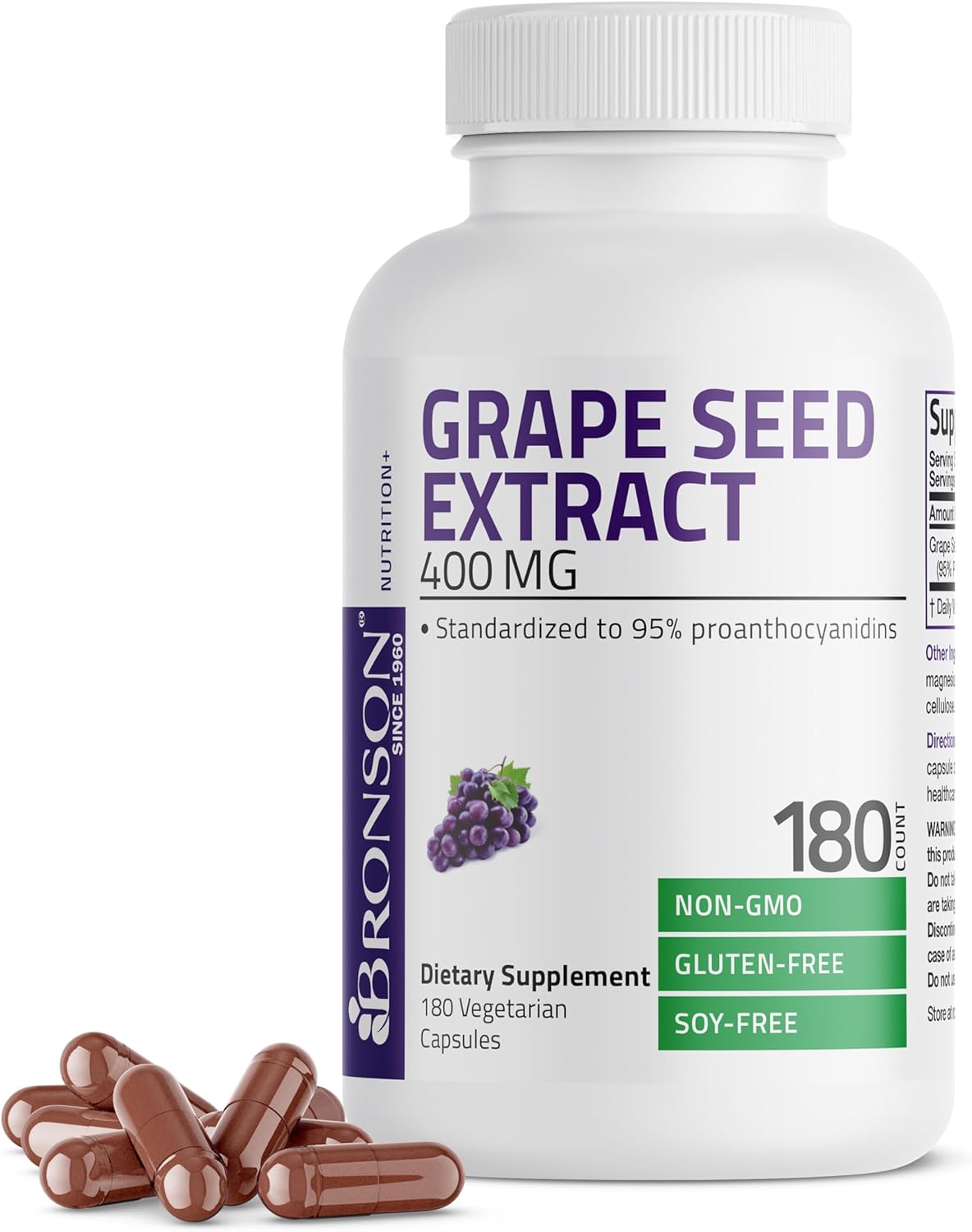Can you take Alpha-Linoleic Acid (ALA) and d-Beta Tocopherol together?
Interaction Details
Taking Alpha-Linoleic Acid (ALA) and d-Beta Tocopherol together has the potential for moderate to good synergy, suggesting a rating of 4 out of 5.
Explanation of Synergy: Alpha-Linoleic Acid (ALA), an omega-3 fatty acid, and d-Beta Tocopherol, a form of Vitamin E, can complement each other in antioxidant and anti-inflammatory effects. ALA is known for its role in heart health and its anti-inflammatory properties, whereas d-Beta Tocopherol acts as an antioxidant, protecting cells from damage. The synergy could arise from their combined effect on enhancing each other's antioxidant capabilities, with ALA potentially benefiting from the protective effects of d-Beta Tocopherol against oxidation, which can enhance the stability and effectiveness of ALA in the body. This synergistic relationship could lead to improved heart health, enhanced protection against cell damage, and possibly a more effective anti-inflammatory response.
- Enhances heart health.
Both ALA and d-Beta Tocopherol contribute to heart health, with ALA helping to reduce triglycerides and potentially lowering blood pressure, while d-Beta Tocopherol may help in protecting against cell damage, suggesting a synergistic effect in promoting overall cardiac well-being. - Boosts antioxidant defense.
The combination of ALA and d-Beta Tocopherol may provide a robust antioxidant defense system, protecting cells from oxidative stress and potentially reducing the risk of chronic diseases associated with oxidative damage. - Reduces inflammation.
ALA is known for its anti-inflammatory properties, and when combined with the antioxidant effects of d-Beta Tocopherol, it may enhance the body's ability to reduce inflammation, potentially benefiting conditions such as arthritis or other inflammatory diseases.
- Increases bleeding risk.
The combination of ALA, which can act as an anticoagulant, and d-Beta Tocopherol, may potentially increase the risk of bleeding in some individuals, particularly at high doses or in those with pre-existing bleeding disorders.
Potential Benefits
Potential Risks
Alpha-Linoleic Acid (ALA)
Alpha-Linolenic Acid (ALA) is an omega-3 fatty acid found primarily in plant-based foods such as flaxseeds, chia seeds, and walnuts. It is considered an essential fatty acid because the human body cannot produce it on its own.
d-Beta Tocopherol
d-Beta Tocopherol is a form of vitamin E, one of the four tocopherols (alpha, beta, gamma, delta) that make up the vitamin E family. It is known for its antioxidant properties.
